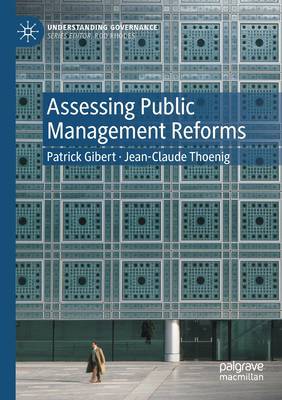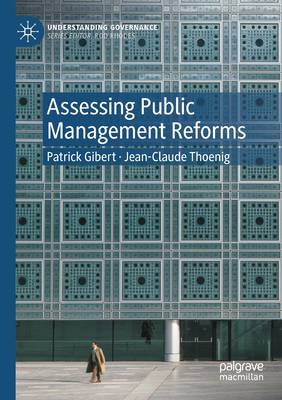
- Retrait gratuit dans votre magasin Club
- 7.000.000 titres dans notre catalogue
- Payer en toute sécurité
- Toujours un magasin près de chez vous
- Retrait gratuit dans votre magasin Club
- 7.000.0000 titres dans notre catalogue
- Payer en toute sécurité
- Toujours un magasin près de chez vous
Description
This book examines why many ambitious public management policies do not materialize. Comprehensive reforms do not generate relevant and lasting changes. Yet some evolutions may occur that actually improve the efficiency level inside public administrations. The book identifies how and why such processes may occur. It explores an innovative approach to the way reform policies inside the public sector are assessed.
The opening chapters examine the contributions of different disciplines to the study of change in the public sector, before proposing a framework to better understand management developments. The book then reviews eight crosscutting central government programmes successively launched since the late 1960s, examines how these programmes were designed and constructed, and analyses the ways in which three toolkits are appropriated: dashboards and indicators, cost-benefit analysis, and ex post evaluation. The final chapters examine the links between the developmentof agencification and the way in which central government proceeds to implement it, and demonstrate why and how the structure of human resources is crucial for initiating change processes. Together, the book proposes lessons for public practitioners as well as for academic purposes.
Spécifications
Parties prenantes
- Auteur(s) :
- Editeur:
Contenu
- Nombre de pages :
- 218
- Langue:
- Anglais
- Collection :
Caractéristiques
- EAN:
- 9783030898014
- Date de parution :
- 31-01-23
- Format:
- Livre broché
- Format numérique:
- Trade paperback (VS)
- Dimensions :
- 148 mm x 210 mm
- Poids :
- 285 g

Les avis
Nous publions uniquement les avis qui respectent les conditions requises. Consultez nos conditions pour les avis.






